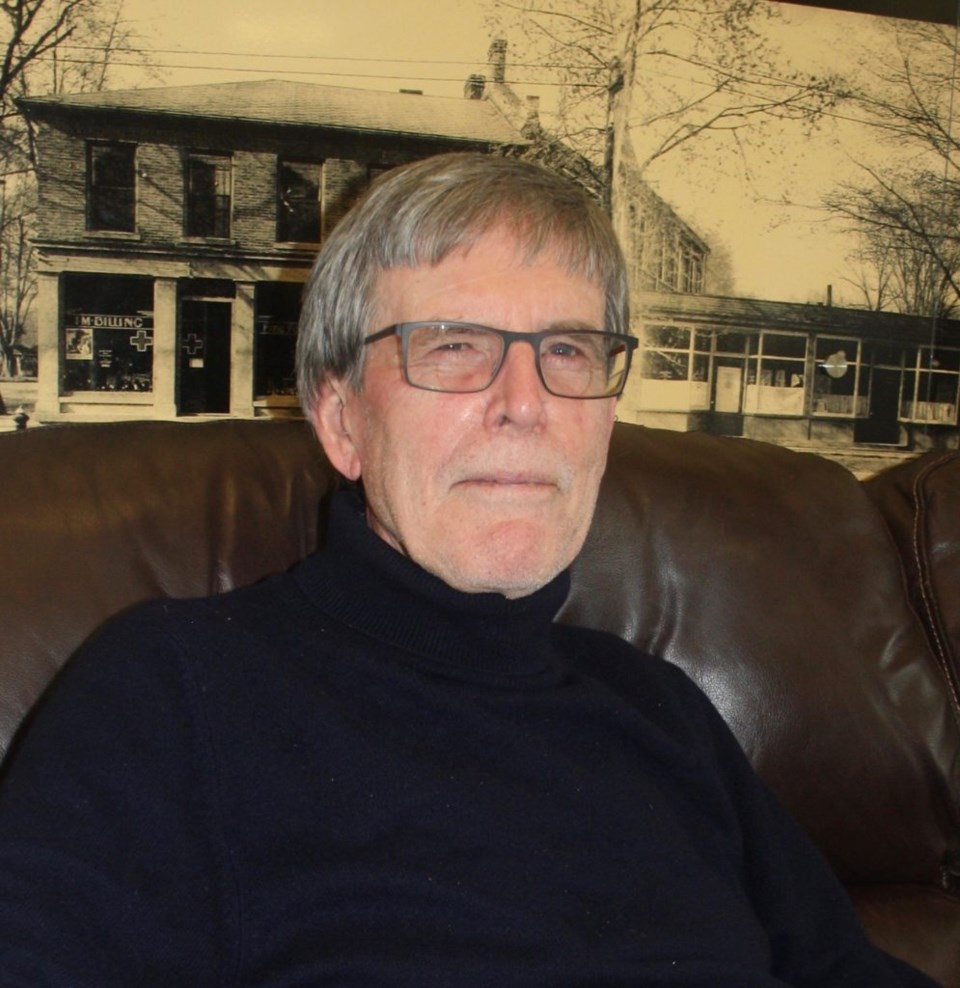
Cardiac arrest is common outside of hospitals — about 15,000 occur each year in Canada — of which about 10 per cent of the victims survive.
The latter number, not an encouraging one, and worse with aging, can be improved with help.
The key to survival, and perhaps more important, the brain’s survival, is to act as quickly as possible.
That means bystanders should be encouraged to start resuscitation as quickly as possible, and not wait for EMS to arrive.
Those first several minutes are crucial to the survival of the patient. It’s estimated, for example, that for every minute patients go without cardiopulmonary resuscitation (CPR) and defibrillation with an automated external defibrillator (AED), the chance of the patient surviving drops by seven to 10 per cent — hence the critical importance of speed.
Unfortunately, many in the public are reluctant to take such direct action, feeling perhaps that it’s the business of EMS to do the job. There are other excuses such as uncertainty about whether the patient actually had a heart cardiac arrest — what if the patient fainted or had a seizure — or not knowing what to do, anxiety about whether they might do something wrong and perhaps be sued, afraid to bare a woman’s chest and breasts (necessary for AED) and even fear they might be accused of sexual assault. All are perhaps understandable, but fixable with proper training.
Current recommendations from the American Heart Association and the equivalents in Canada and Europe encourage early lay action, including CPR and AED, well before EMS arrives on the scene because those first few minutes are so critical to a successful outcome. There are of course other issues to address, such as ready access to AED. Many public venues, businesses and churches these days keep an AED device on hand, and just as important, clearly identify where it is.
A recent review of the subject in the New England Journal of Medicine stresses the importance of lay (that would be us) care for adult, out-of-hospital cardiac arrest.
A copy of the article will be kept in the library, from which you can make a copy for yourself. It’s an important article to read, and the whole subject will be reviewed at the next InfoHealth session on Jan. 8 at 2 p.m. in the Niagara-on-the-Lake Public Library, by medical students Hannah Kearney, Alysha Laviolette and Rayan Chadwick, and staff from McMaster’s Michael DeGroote School of Medicine in Niagara.